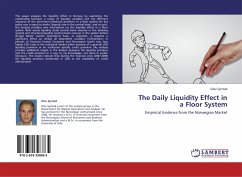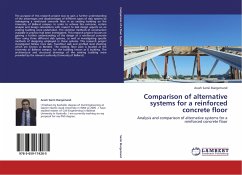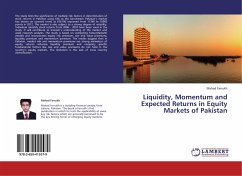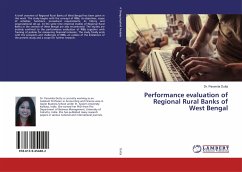
The Daily Liquidity Effect in a Floor System
Empirical Evidence from the Norwegian Market
Versandkostenfrei!
Versandfertig in 6-10 Tagen
24,99 €
inkl. MwSt.

PAYBACK Punkte
12 °P sammeln!
This paper analyses the liquidity effect in Norway by examining the relationship between a range of liquidity variables and five different measures of the short-term interbank premium. In a floor system the key policy rate is equal to banks deposit rate in the central bank, and as such, this analysis provides new information on the liquidity effect in a floor system. Both excess liquidity (total central bank reserves in the banking system) and structural liquidity (central bank reserves in the system before Norges Banks market operations) have, as expected, a negative a significant effect on a...
This paper analyses the liquidity effect in Norway by examining the relationship between a range of liquidity variables and five different measures of the short-term interbank premium. In a floor system the key policy rate is equal to banks deposit rate in the central bank, and as such, this analysis provides new information on the liquidity effect in a floor system. Both excess liquidity (total central bank reserves in the banking system) and structural liquidity (central bank reserves in the system before Norges Banks market operations) have, as expected, a negative a significant effect on almost all dependent variables. Furthermore, in periods of financial turmoil European and Norwegian banks may face higher USD rates in the interbank market either because of a general USD liquidity premium or an institution specific credit premium. My analysis provides additional insight in the division between the liquidity premium and the credit premium in a way, to my knowledge, not done in earlier literature. The results indicate that during the financial crisis (2007-2009) the liquidity premium dominated in USD as the availability of credit deteriorated.




![Health in the House [microform]: Twenty Five-lectures on Elementary Physiology in Its Application to the Daily Wants of Man and Animals, Delivered to Cover Health in the House [microform]: Twenty Five-lectures on Elementary Physiology in Its Application to the Daily Wants of Man and Animals, Delivered to](https://bilder.buecher.de/produkte/66/66200/66200316n.jpg)







